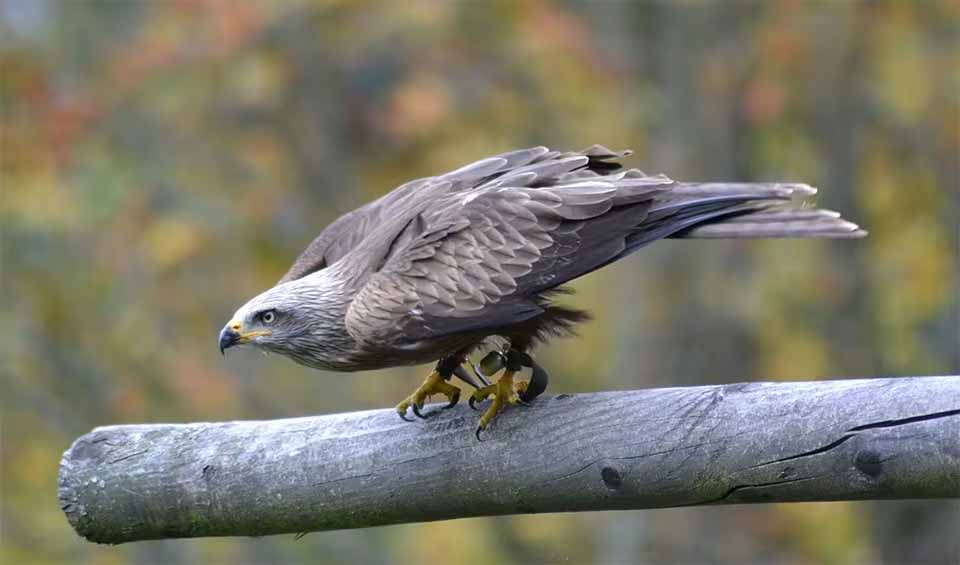Grey falcon, a mysterious and elusive bird of prey, holds a place of distinction as one of Australia’s rarest and most enigmatic falcons. Endemic to the vast expanses of the Australian mainland, these elusive raptors inhabit the remote and arid landscapes of the continent, where they navigate the rugged terrain with stealth and precision.
Despite their striking appearance and formidable hunting prowess, Grey falcons are seldom encountered in the wild, making sightings of these elusive birds a rare and cherished experience for birdwatchers and enthusiasts alike. Their scarcity has contributed to a dearth of comprehensive knowledge about their behavior, ecology, and population dynamics, leaving much of their enigmatic nature shrouded in mystery.
While the exact distribution of Grey falcons across the Australian landscape remains poorly understood due to their elusive nature and sparse population, they are known to favor arid and semi-arid regions characterized by open woodlands, scrublands, and grassy plains. Within these habitats, Grey Falcons demonstrate remarkable adaptability, utilizing elevated perches such as tall towers or rocky outcrops to survey their surroundings and seek out potential prey.
As consummate hunters and apex predators, Grey falcons employ a diverse array of hunting techniques and strategies to capture their prey. Unlike some other raptor species that rely on soaring flight or tree perches to hunt, Grey falcons are known for their ground-dwelling hunting behavior, where they ambush unsuspecting prey from concealed positions on the ground. This unique hunting style sets them apart from their avian counterparts and underscores their adaptability to the harsh and unforgiving conditions of the Australian outback.
Despite their elusive nature and limited distribution, Grey falcons play a crucial role in maintaining the ecological balance of their native habitats. As top predators, they help regulate populations of small mammals, birds, and reptiles, contributing to the overall health and integrity of the ecosystems they inhabit.
Distribution
 Australia
Australia Papua New Guinea
Papua New GuineaAnything we've missed?
Help us improve this page by suggesting edits. Glory never dies!
Suggest an editGet to know me
Terrestrial / Aquatic
Altricial / Precocial
Polygamous / Monogamous
Dimorphic (size) / Monomorphic
Active: Diurnal / Nocturnal
Social behavior: Solitary / Pack / Herd
Diet: Carnivore / Herbivore / Omnivore / Piscivorous / Insectivore
Migratory: Yes / No
Domesticated: Yes / No
Dangerous: Yes / No




